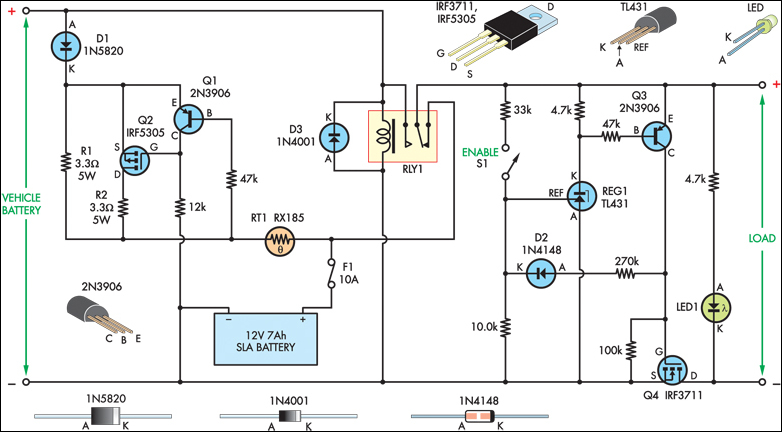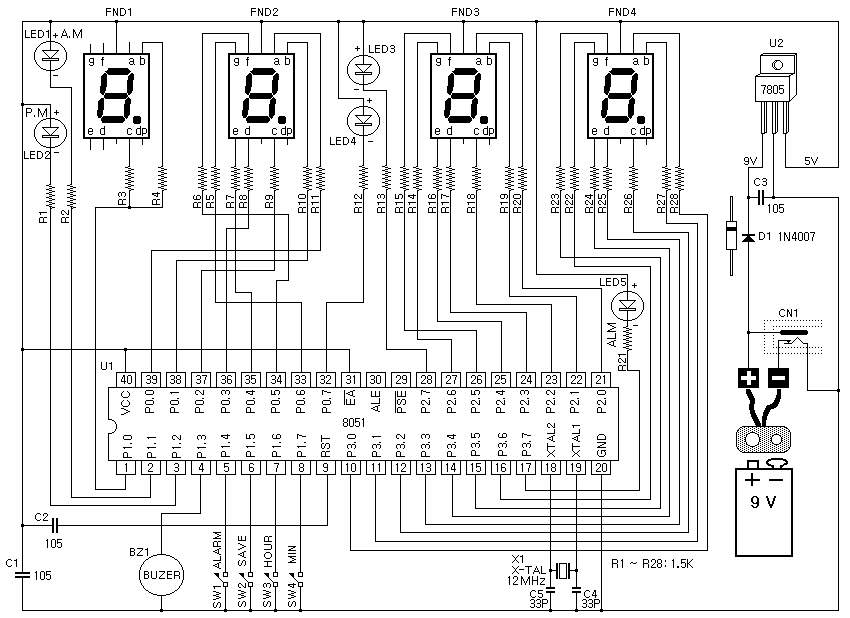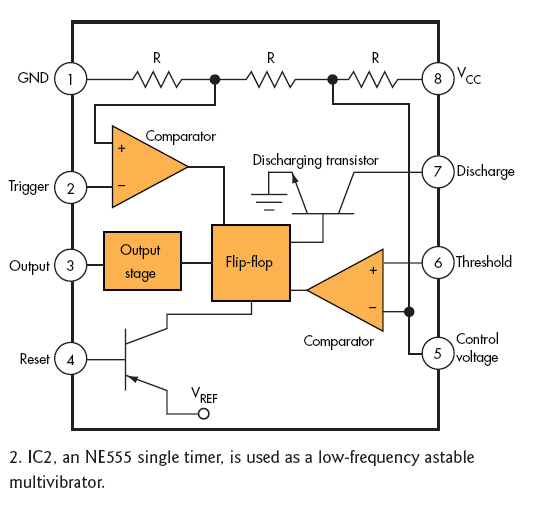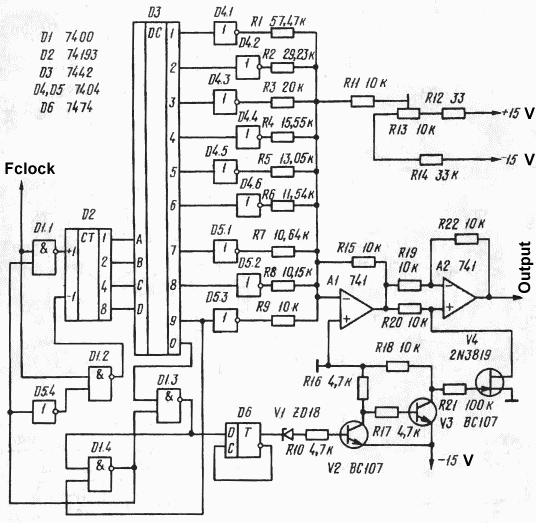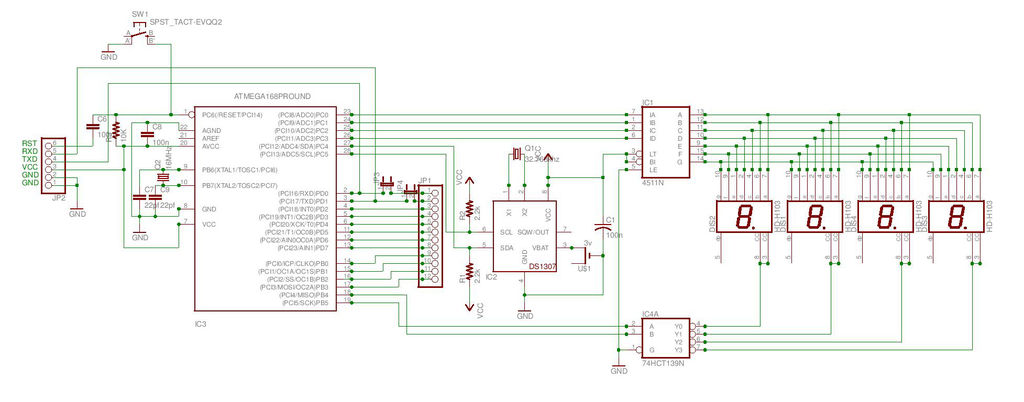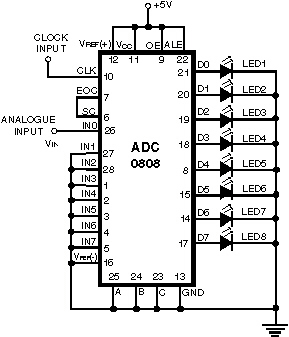
Batteries charger & PSU - ideal for digital camerass
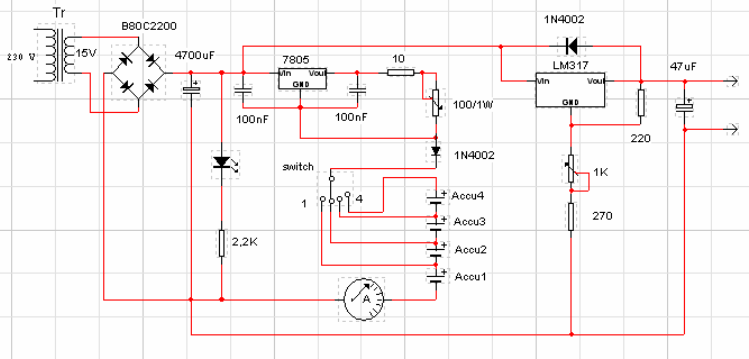
This circuit was designed for digital cameras, which are known to have significant power consumption. For instance, the Minolta E223 camera requires approximately 800 mA. In practice, this demand can be met using a mains power supply or high-capacity NiMH batteries. The circuit consists of two main components: a charger and an adapter. Common elements include a transformer, rectifier bridge, and buffer capacitor. The adapter primarily features an adjustable voltage regulator, the LM317, allowing for output suitable for a camera jack plug. The output voltage can be adjusted within the range of 2-9 V. In the charger circuit, a 7805 fixed voltage regulator functions as a current generator, providing a constant current during the charging process. This charging current can be adjusted using a 100Ω/1W potentiometer, allowing for a range of approximately 50-300 mA, as indicated by a small current measuring instrument. The circuit can charge one to four batteries simultaneously, with a switch that must be set according to the number of batteries, and the charging current must be adjusted based on the manufacturer's specifications. This circuit does not measure charging time or the charging condition of the batteries; manufacturers typically specify a charging time of 14-16 hours. This issue is addressed using a simple, inexpensive mechanical mains timer, which is deemed sufficiently accurate.
The described circuit for digital cameras integrates a charger and an adapter, effectively addressing the power requirements of devices with high consumption rates. The adapter utilizes an LM317 adjustable voltage regulator, which is versatile for various camera models. The output voltage range of 2-9 V is particularly beneficial, allowing compatibility with different camera power specifications.
The charger section employs a 7805 voltage regulator, ensuring a stable output that is essential for safe battery charging. The inclusion of a potentiometer allows for fine-tuning of the charging current, which is critical for battery health and longevity. The ability to charge multiple batteries simultaneously enhances the circuit's utility, making it suitable for users with multiple battery packs.
The mechanical mains timer adds a layer of functionality, allowing users to set charging durations based on manufacturer recommendations. This feature compensates for the lack of automated charging time measurement in the circuit, ensuring that batteries are charged adequately without the risk of overcharging.
Overall, the circuit is designed with practicality in mind, offering a straightforward solution for powering and charging digital cameras while accommodating various battery configurations. The components selected for this design are commonly available, making the circuit accessible for hobbyists and professionals alike.This circuit was created for digital cameras. It`s known the digital cameras have considerable power consumption. For example my camera Minolta E223 requires approximately 800 mA. In practice a mains power supply or high capacity NiMH accumulators (batteries) can satisfy this demand. This circuit consists of two parts, charger and adapter. The tra nsformer, rectifier bridge and buffer condensator are common. Adapter is quite simply its main part is an adjustable voltage regulator LM 317 according to usual setting. Output is a suitable for camera jack plug. Voltage can be adjusted in range 2-9 V. In the charger circuit a 7805 fixed voltage regulator works as current generator assured constant current during charging.
This charging current can be adjusted with the 100 /1W potentiometer in range about 50-300 mA indicated by a small current measuring instrument. From one to four batteries can be charged simultaneously. The switch must be set according to number of batteries, and charging current of batteries given by manufacturer must be adjusted.
This circuit doesn`t measure charging time and charging condition of batteries. Manufacturers give charging time, usually 14-16 h. I solved this problem with a simply, cheap mechanical mains timer. I think its accuracy is sufficient. 🔗 External reference
The described circuit for digital cameras integrates a charger and an adapter, effectively addressing the power requirements of devices with high consumption rates. The adapter utilizes an LM317 adjustable voltage regulator, which is versatile for various camera models. The output voltage range of 2-9 V is particularly beneficial, allowing compatibility with different camera power specifications.
The charger section employs a 7805 voltage regulator, ensuring a stable output that is essential for safe battery charging. The inclusion of a potentiometer allows for fine-tuning of the charging current, which is critical for battery health and longevity. The ability to charge multiple batteries simultaneously enhances the circuit's utility, making it suitable for users with multiple battery packs.
The mechanical mains timer adds a layer of functionality, allowing users to set charging durations based on manufacturer recommendations. This feature compensates for the lack of automated charging time measurement in the circuit, ensuring that batteries are charged adequately without the risk of overcharging.
Overall, the circuit is designed with practicality in mind, offering a straightforward solution for powering and charging digital cameras while accommodating various battery configurations. The components selected for this design are commonly available, making the circuit accessible for hobbyists and professionals alike.This circuit was created for digital cameras. It`s known the digital cameras have considerable power consumption. For example my camera Minolta E223 requires approximately 800 mA. In practice a mains power supply or high capacity NiMH accumulators (batteries) can satisfy this demand. This circuit consists of two parts, charger and adapter. The tra nsformer, rectifier bridge and buffer condensator are common. Adapter is quite simply its main part is an adjustable voltage regulator LM 317 according to usual setting. Output is a suitable for camera jack plug. Voltage can be adjusted in range 2-9 V. In the charger circuit a 7805 fixed voltage regulator works as current generator assured constant current during charging.
This charging current can be adjusted with the 100 /1W potentiometer in range about 50-300 mA indicated by a small current measuring instrument. From one to four batteries can be charged simultaneously. The switch must be set according to number of batteries, and charging current of batteries given by manufacturer must be adjusted.
This circuit doesn`t measure charging time and charging condition of batteries. Manufacturers give charging time, usually 14-16 h. I solved this problem with a simply, cheap mechanical mains timer. I think its accuracy is sufficient. 🔗 External reference
